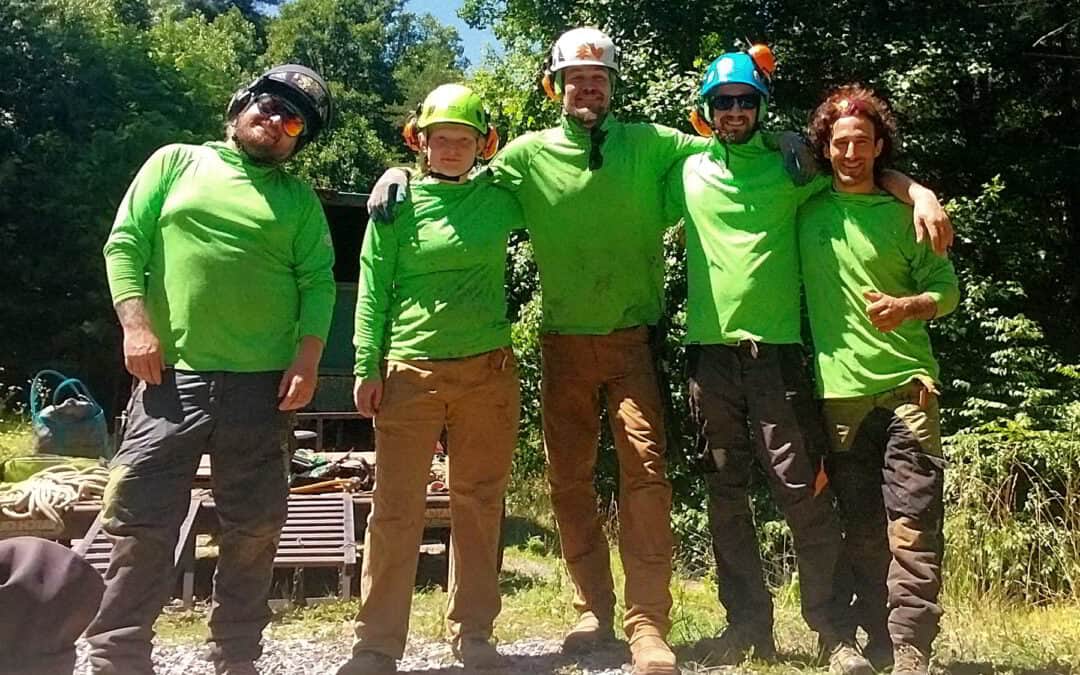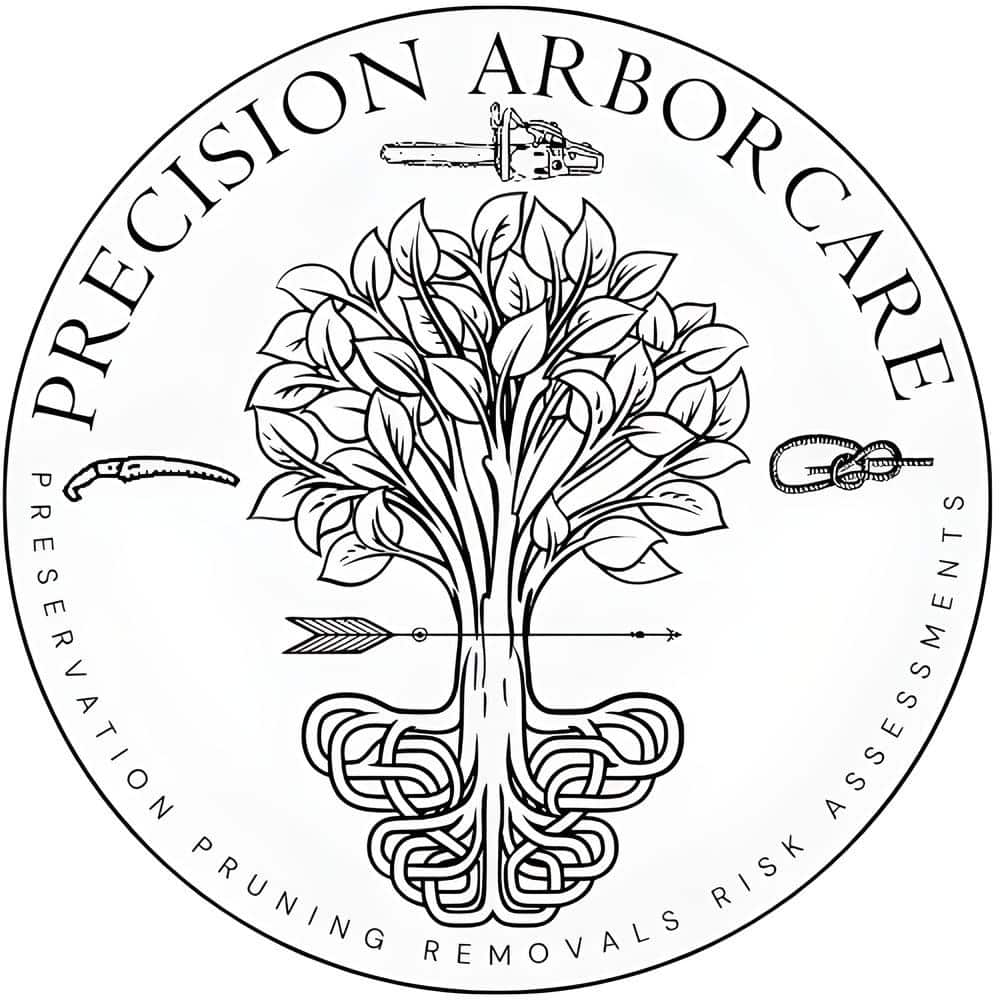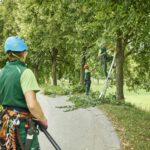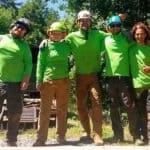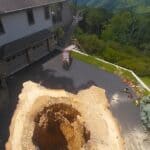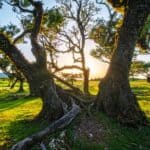Tree care is a complex field that requires more than just cutting branches or hauling away debris. Certified arborists bring specialized knowledge and skill to ensure trees are healthy, safe, and thriving. Unlike general tree services, which often focus on quick fixes, arborist-certified care prioritizes long-term health and sustainability. This approach not only protects trees but also enhances the safety and beauty of the surrounding environment.
This discussion will explore the unique qualities that set arborist-led services apart, including their qualifications, tools, and commitment to sustainable practices. Understanding these differences helps homeowners and businesses make better decisions about tree care.
How Certified Arborist Qualifications Set Them Apart
Becoming a certified arborist is no small feat. Certification requires passing rigorous exams administered by the International Society of Arboriculture (ISA) and ongoing education to maintain credentials. Unlike general tree workers, arborists possess in-depth knowledge of tree biology, pests, diseases, and proper care techniques.
For example, a certified arborist might assess a tree showing signs of distress, identify the root cause of the issue, and implement a tailored solution to save it. This level of expertise ensures every decision prioritizes the tree’s health, longevity, and safety.
- Certified arborists are required to have a minimum of three years of experience in tree care.
- The ISA credential is recognized globally as a mark of excellence.
- Arborists stay updated on the latest research and techniques in arboriculture.
The Importance of Tree Health Assessments by Arborists
Trees often display early warning signs of poor health that untrained eyes might miss. Certified arborists are skilled at conducting thorough health assessments to diagnose potential problems. These evaluations involve inspecting the roots, trunk, branches, and leaves for signs of disease, decay, or pest infestation.
Consider a homeowner unsure why their oak tree is losing leaves prematurely. An arborist would identify issues like root rot or a specific pest and provide an effective treatment plan. By addressing concerns early, tree services by an arborists can prevent costly tree removal or irreversible damage.
- Regular assessments can improve the longevity of trees by addressing problems early.
- Arborists use scientific tools like resistographs to detect internal decay.
- A healthy tree contributes to better air quality and increased property value.
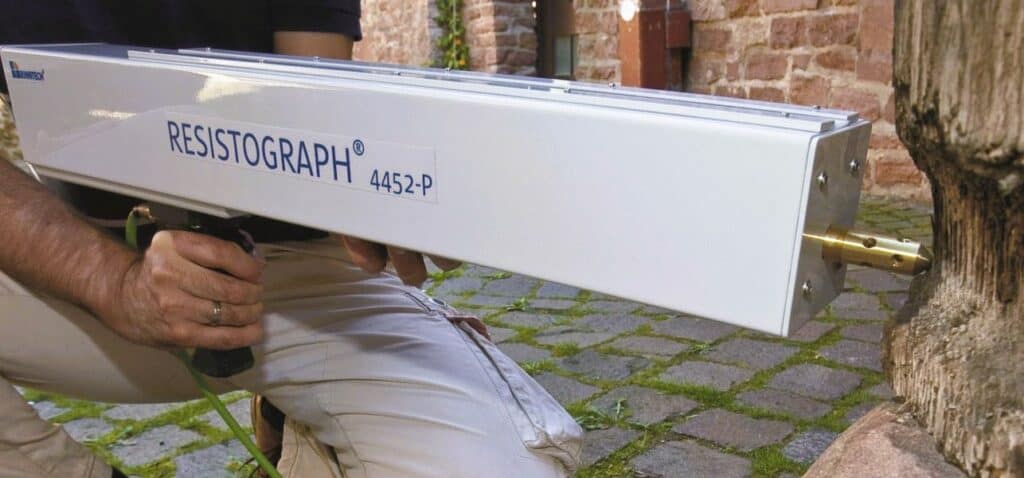
Specialized Tools and Techniques Used by Arborists
Tree care involves more than basic chainsaws and ladders. Certified arborists rely on advanced tools and techniques to provide precise care. These tools, such as climbing ropes, aerial lifts, and diagnostic equipment, allow arborists to access and treat trees effectively.
For instance, arborists use resistographs to measure the density of a tree’s wood and identify hidden decay. This level of precision is unavailable with general tree services, which often employ basic equipment. Safety is also a major focus, with arborists following strict protocols to protect both themselves and their clients.
- Advanced tools reduce the risk of property damage during tree care.
- Arborists use aerial lifts to work on tall trees safely.
- Diagnostic tools help pinpoint internal issues that are invisible from the outside.
Custom Care Plans Tailored to Your Trees
Arborist-certified services don’t rely on a one-size-fits-all approach. Each tree is unique and requires customized care based on its species, age, and environmental conditions. Certified arborists evaluate these factors to create a tailored plan that promotes long-term health.
For example, a certified arborist might recommend a specific watering schedule or soil amendment to support a stressed maple tree in a dry climate. These personalized recommendations improve outcomes and minimize unnecessary interventions.
- Custom plans reduce the likelihood of over-pruning or improper care.
- Species-specific care ensures trees thrive in their local environment.
- Tailored plans often involve preventative measures to avoid future problems.
Risk Management Services for Hazardous Trees
Hazardous trees pose a significant threat to people and property. Certified arborists excel at identifying and mitigating risks through expert evaluations and proactive measures. They assess structural weaknesses, dead limbs, and the likelihood of a tree falling during storms.
Imagine a commercial property with a large tree leaning over a parking lot. An arborist would evaluate its stability and recommend solutions like cabling or bracing to prevent damage. General tree services might miss these subtle risks, leading to catastrophic outcomes.
- Arborists conduct detailed inspections to assess tree stability.
- Proactive risk management reduces liability for property owners.
- Services like bracing and cabling enhance structural support.
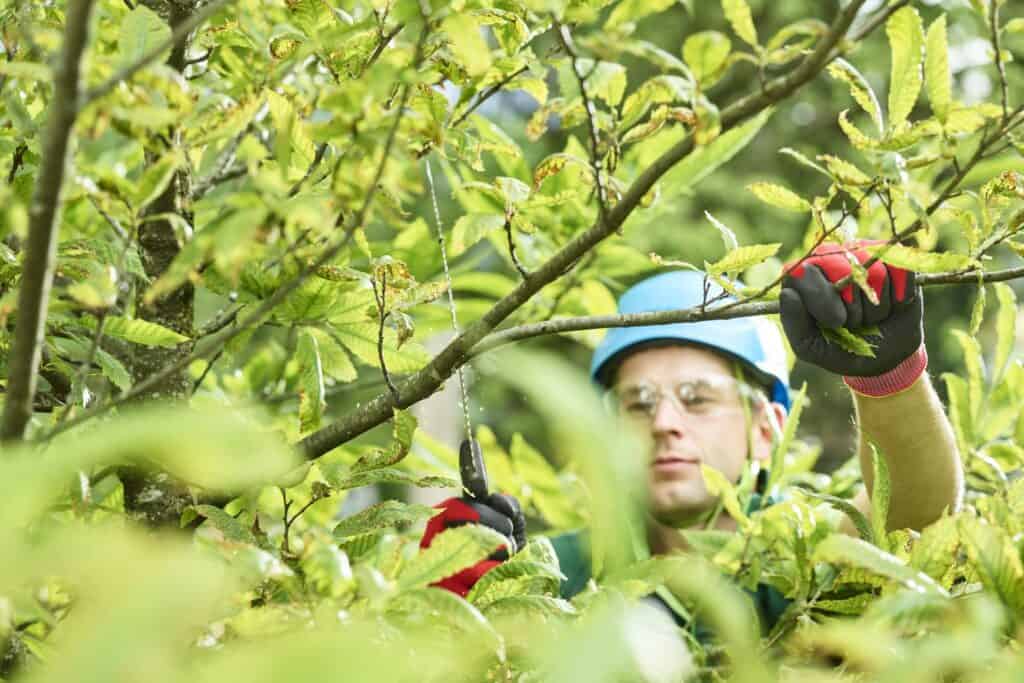
Safe and Efficient Tree Removal Expertise
Tree removal is one of the most dangerous aspects of tree care. Certified arborists have the training and equipment to perform this task safely and efficiently. They consider factors like the tree’s size, location, and proximity to buildings before removal begins.
For example, removing a tree near power lines requires strategic planning to avoid accidents. Certified arborists use techniques such as sectional dismantling, which involves cutting the tree into manageable pieces. This method minimizes the risk of property damage and ensures a controlled removal process.
- Certified arborists follow ANSI safety standards during tree removal.
- They use advanced rigging systems to control falling branches.
- Proper tree removal prevents damage to surrounding structures.
Storm Damage Services Highlight Arborist Expertise
After severe weather, storm-damaged trees can become hazardous. Certified arborists specialize in assessing storm-related damage and implementing recovery plans. Whether it’s removing broken branches or stabilizing uprooted trees, their expertise ensures safety and efficiency.
Consider a homeowner with a tree that has partially uprooted after a hurricane. An arborist would evaluate whether the tree can be saved or requires removal. Their experience and tools make the recovery process faster and safer than relying on general tree services.
- Storm-damaged trees often need immediate attention to prevent accidents.
- Arborists use cranes and other equipment to handle large fallen trees.
- Recovery plans may include soil aeration or fertilization to restore health.
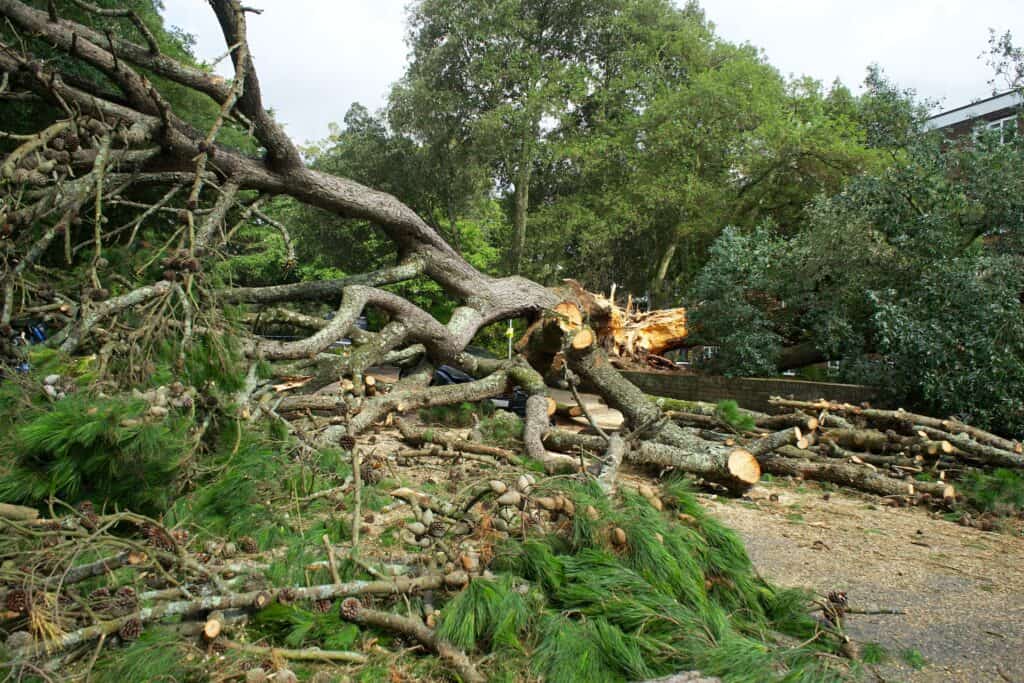
Key Takeaways About Arborist-Certified Tree Service
- Certified arborists possess specialized training and ongoing education.
- Advanced tools and techniques ensure precise, safe, and effective tree care.
- Tailored care plans, proactive risk management, and sustainable practices set arborists apart from general tree services.
Frequently Asked Questions About Arborist-Certified Tree Service
What qualifications do certified arborists have?
Certified arborists must pass an ISA-administered exam and complete continuing education to maintain their credentials.
Why are arborist services more expensive than general tree care?
The cost reflects their advanced training, tools, and customized solutions that prioritize tree health and safety.
Can arborists save dying trees?
Yes, arborists can often revive trees through treatments like soil aeration, pest control, and pruning.
How do arborists assess tree risks?
They use visual inspections, diagnostic tools, and stability testing to identify hazards and recommend solutions.
What is the difference between tree pruning and trimming?
Pruning focuses on improving tree health and removing diseased branches, while trimming typically involves shaping for aesthetic purposes.
Precision Arborcare is your trusted arborist for expert tree services in Asheville, NC. Built on a passion for trees and a commitment to providing top-quality arborist care, our company excels in technical skills while prioritizing clear communication, customer satisfaction, and safety. Our team consists of certified arborists and tree care professionals dedicated to enhancing and preserving the natural beauty of your landscape. We pride ourselves on being approachable, friendly, and professional arborists, ensuring that our clients feel confident and informed throughout every step of their tree care journey. Precision Arborcare offers tailored arborist services to meet the specific needs of each client, from routine maintenance and emergency tree services to specialized care for your trees.
